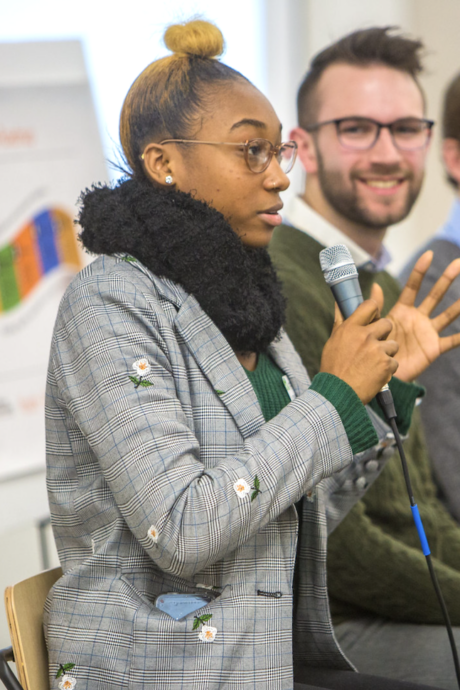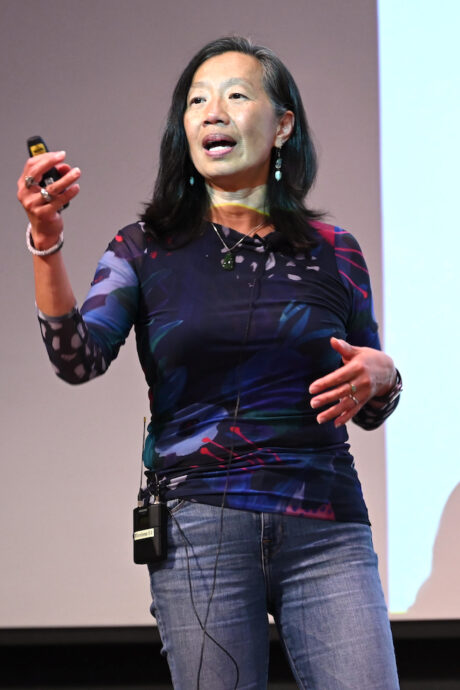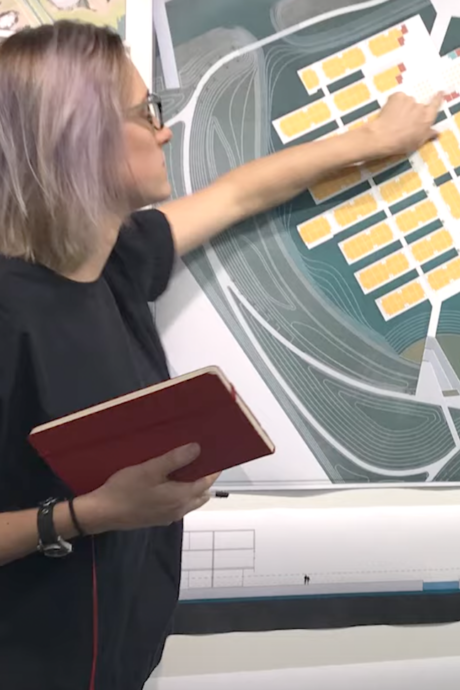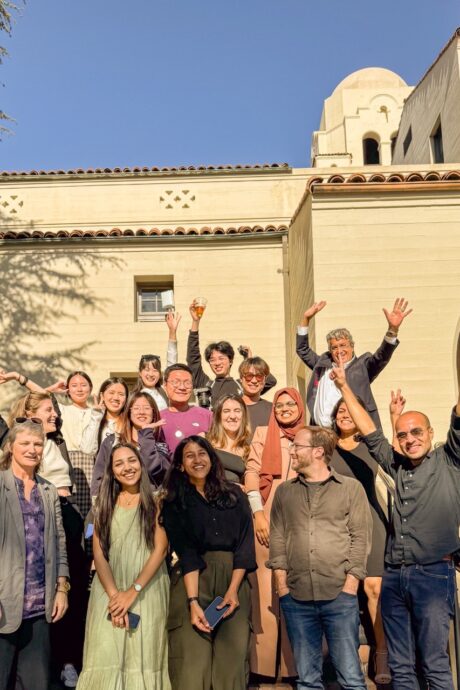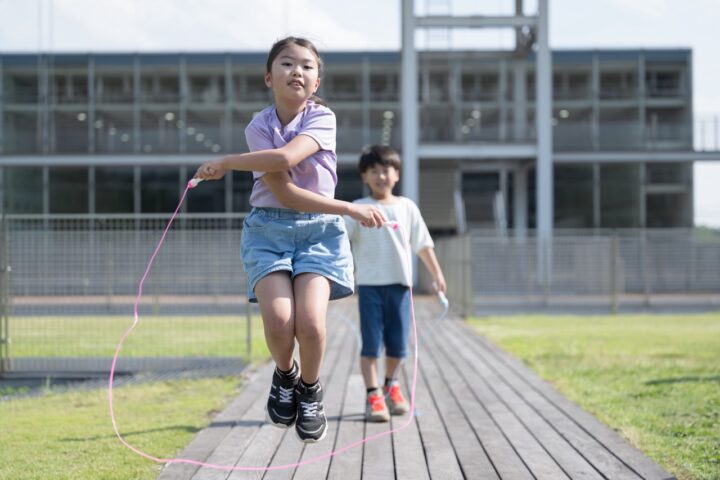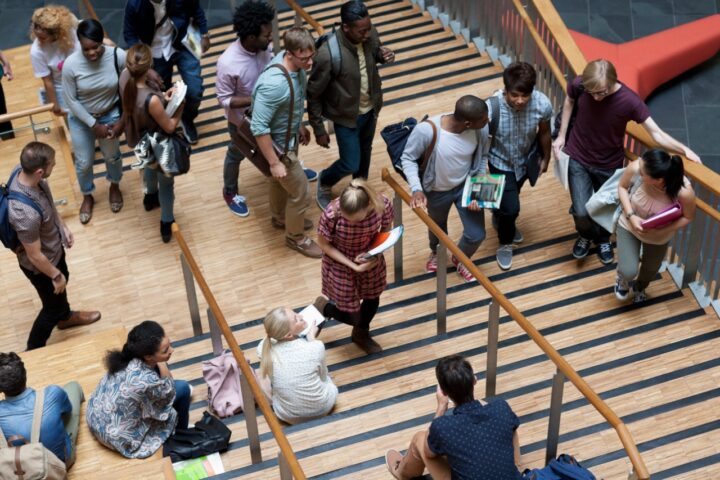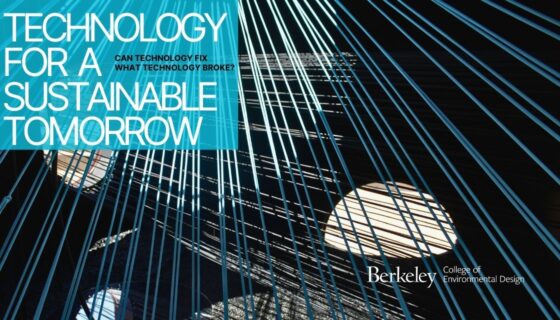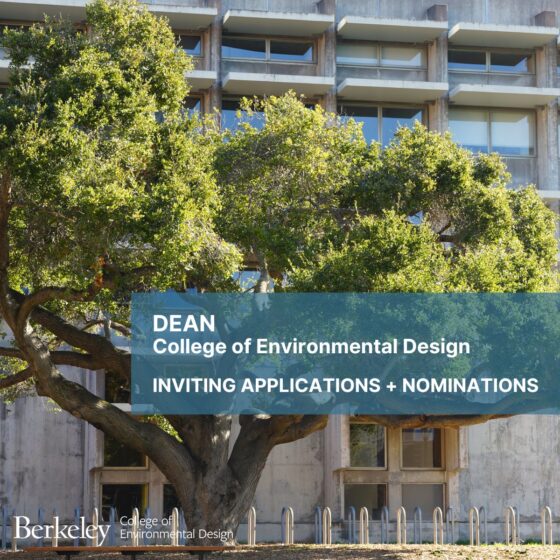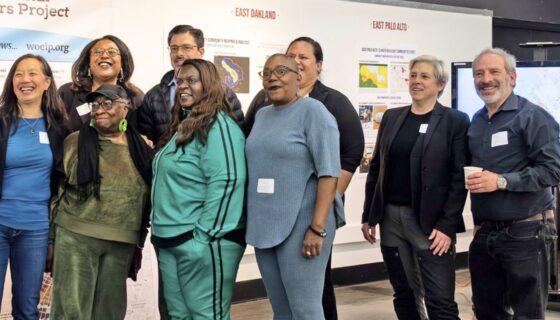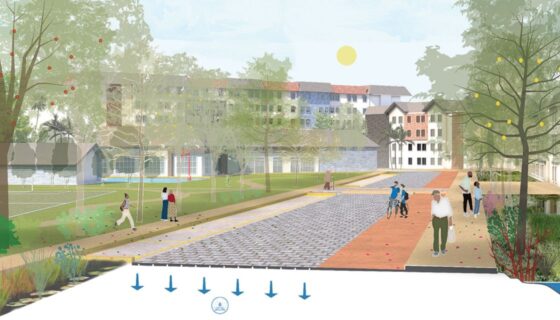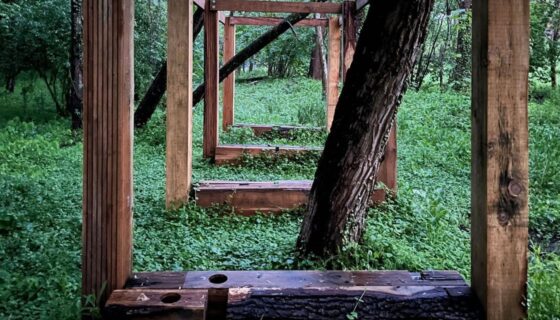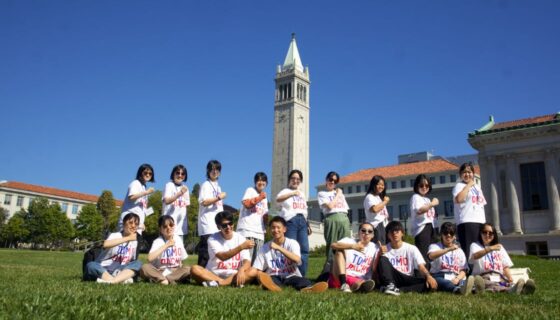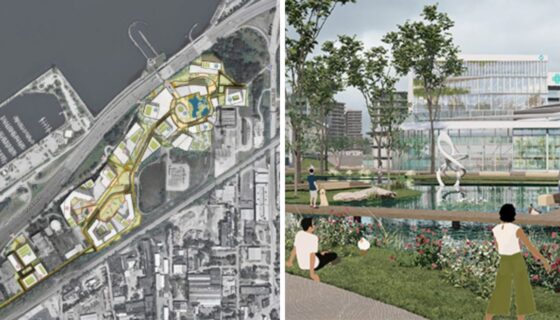
Institute of Urban & Regional Development
The Institute of Urban & Regional Development is the College of Environmental Design’s interdisciplinary research hub. IURD brings together faculty, students, community partners, and experts to co-design tools, invent strategies, and propose policies on local, regional, and global scales.
IURD is home to the Abbey Master of Real Estate Development + Design, the Master of Urban Design, and the BA in Sustainable Environmental Design.
Our Programs

ABBEY MASTER OF REAL ESTATE DEVELOPMENT + DESIGN (MRED+D)
The interdisciplinary Abbey Master of Real Estate Development + Design goes beyond the fundamentals — finance, law and entitlements, construction, economics and market analysis — to place special focus on design, sustainability and resilience, and equity and inclusion. It is offered on campus both as a one-year full-time program and a two-year part-time program.
Learn more>
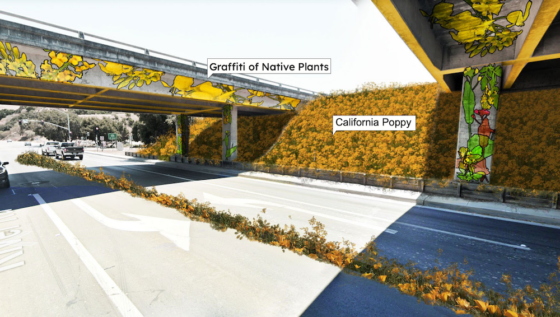
MASTER OF URBAN DESIGN
The Master of Urban Design degree program is a one-year, advanced, interdisciplinary program for those with a prior professional degree in architecture, landscape architecture, or city and regional planning. MUD students learn to work effectively in teams across a large range of scales and develop a deep understanding of urban places and the forces that shape them.
Learn more >
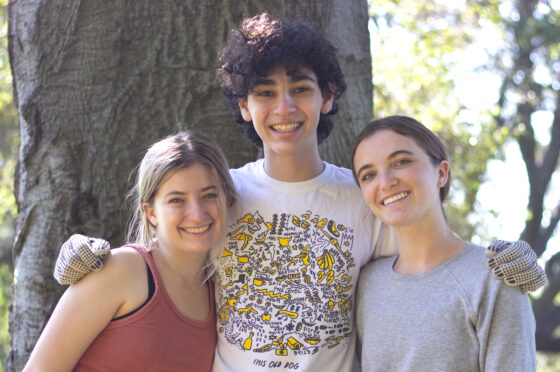
BA IN SUSTAINABLE ENVIRONMENTAL DESIGN
The multidisciplinary sustainable environmental design major offers students a critical understanding of the sustainability challenges facing urban regions in California and around the globe, and equips them with the technical, analytic and design tools key to devising creative solutions.
Learn more>
